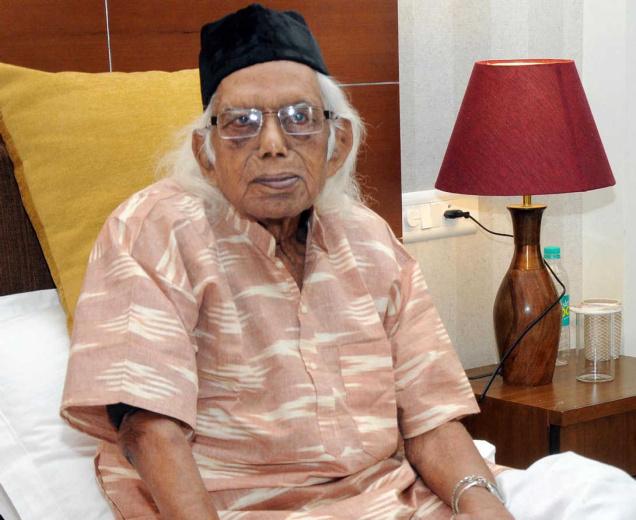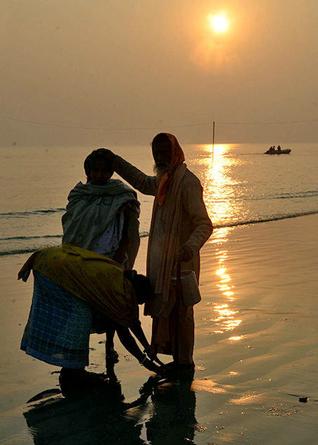
Ustad Abdul Rashid Khan (107), based in Kolkata, was the oldest living legend to be bestowed Padma Bhushan
He is the direct descendant of Tansen and has been performing for 75 years. He has performed nearly 3,000 concerts and composed 2,000 bandish , which are being sung by leading Hindustani musicians. In 2013, when he was conferred the Padma Bhushan, he was the oldest living legend to be bestowed the honour.
“I am Ustad Abdul Rashid Khan, 107 years young,” declares the maestro jokingly. “Some members of my family have lived up to the age of 110 and beyond,” he says.
Born in 1908 at Salon near Rai Bareli in Uttar Pradesh, Rashid Khan is the son of Chote Usuf Khan of the Gwalior Gharana. He is the 23{+r}{+d}generation of Tansen’s family and traces his ancestry to Surat Sen, one of the maestro’s four sons.
“My father, and uncle Bade Usuf Khan, trained me in a 10-hour schedule that was followed by a four-hour riyaaz (practice) every day for 22 years.
“Only when I touched 30 did my gurus allow me to step on a stage. That was the kind of integrity we followed,” says the Ustad, who once had Zakir Hussain, then 16, playing the tabla.
After obtaining a degree from Allahabad University, Rashid Khan went to Rae Bareli. He performed a slew of concerts in every nook and corner of India. “I have performed at every maharaja’s court in pre-Independent India. Rae Bareli alone had 22 maharajas and each would demand a particular raag ,” he says recollecting the traditional four to five hour concerts that were in vogue then.
In 1991, he was specially invited by the ITC Sangeeth Research Academy in Kolkata to take over as the senior guru. He has been teaching there for the last 25 years. His traditional compositions have been recorded by the BBC and Iraq Radio.
The UP Sangeet Natak Academi and the ITC Sangeet Research Academy have more than 1500 compositions of the ustad in their collection.
And the secret of his longevity?
“All we know is that he prays five times a day,” says grandson Bilal Khan, who accompanies the ustad on the tabla.
source: http://www.thehindu.com / The Hindu / Home> News> Cities> Bengaluru / by Ranjani Govind / Bengaluru – January 29th, 2015
